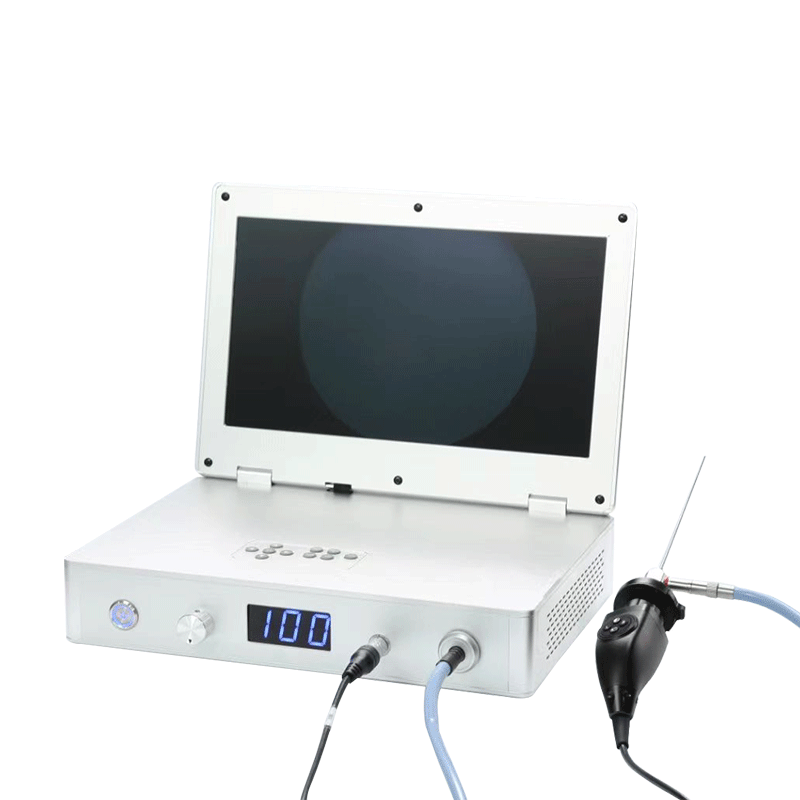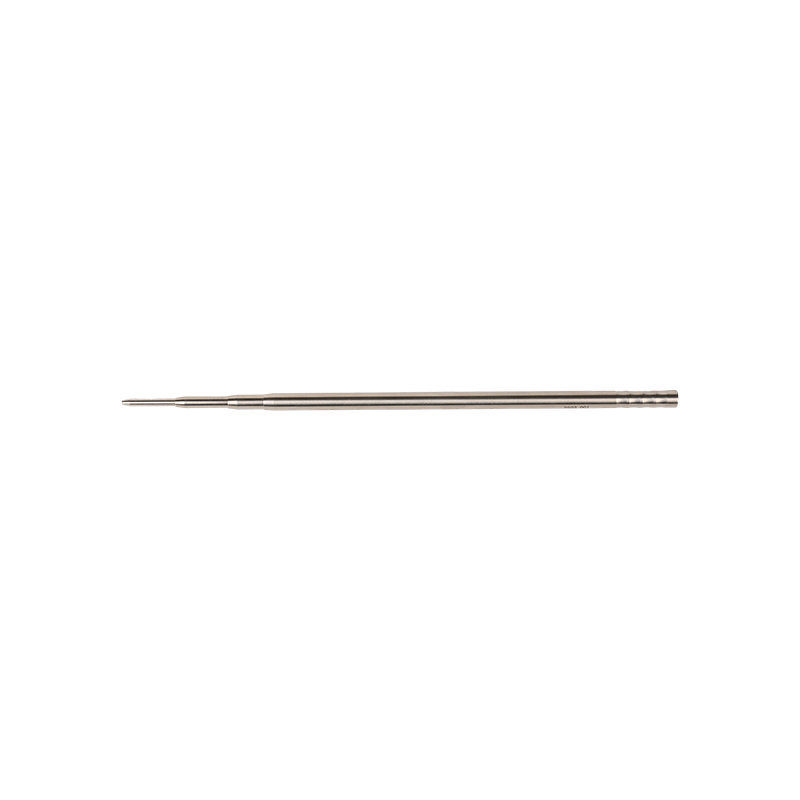The field of surgery is continually advancing, with minimally invasive surgery (MIS) becoming the standard of care for a wide range of procedures. Laparoscopy, a form of MIS, offers patients significant benefits, including smaller incisions, reduced pain, faster recovery times, and shorter hospital stays. A critical element driving the safety and efficiency of these procedures is the technology used, particularly the instrumentation. Among these, Disposable Laparoscopic Instruments are playing an increasingly prominent role.
What are Disposable Laparoscopic Instruments?
Disposable Laparoscopic Instruments are surgical tools designed for a single use during a laparoscopic procedure and are subsequently discarded. These instruments contrast with their reusable counterparts, which must undergo rigorous cleaning, decontamination, and sterilization processes between each case. The range of disposable tools is extensive and includes:
- Trocars and Cannulas: Devices used to establish entry ports into the abdominal cavity and maintain a channel for instrument passage.
- Graspers and Dissectors: Used for manipulating and separating tissue.
- Scissors and Blades: For cutting and incising tissue.
- Suction/Irrigation Devices: Used to clear the surgical field of blood and debris.
- Electrosurgical Instruments: Tools that use high-frequency electrical current for cutting or coagulating tissue.
- Clip Appliers and Staplers: Used for vessel occlusion and tissue anastomosis.
The Advantages of Disposable Laparoscopic Instruments
The growing preference for single-use instruments is driven by several compelling advantages:
1. Enhanced Patient Safety and Infection Control
Perhaps the most significant benefit is the elimination of the risk of cross-contamination. Despite stringent reprocessing protocols, reusable instruments can occasionally harbor organic material or infectious agents, posing a risk of patient-to-patient transmission. Since Disposable Laparoscopic Instruments are sterilely packaged and used only once, this risk is virtually eliminated, leading to improved patient outcomes and reduced incidence of surgical site infections (SSIs).
2. Guaranteed Performance and Optimal Functionality
Each disposable instrument is new, sterile, and guaranteed to be sharp and fully functional. Reusable instruments can suffer from wear and tear, corrosion, or subtle damage from repeated use and reprocessing, which can compromise their performance during a critical phase of surgery. The consistent quality of single-use devices contributes to greater procedural predictability and potentially shorter operative times.
3. Streamlined Hospital Workflow
The use of single-use instruments bypasses the need for the central sterile supply department (CSSD) to perform complex and time-consuming cleaning, inspection, assembly, and sterilization cycles. This frees up CSSD resources, reduces turnaround time between procedures, and minimizes the risk of surgical delays due to instrument unavailability or damage.
Challenges and Future Considerations
While the benefits are clear, the adoption of Disposable Laparoscopic Instruments is not without challenges:
- Environmental Impact: The disposal of plastic and metal medical waste raises significant sustainability concerns. Manufacturers are actively working on innovative solutions, including the use of more bio-compatible materials and developing specialized recycling programs for the metallic components.
- Cost: The initial cost per use for a disposable instrument can be higher than the variable cost of reprocessing a reusable one. However, when considering the total cost of ownership (which includes labor, utilities, chemicals, maintenance, and replacement costs for reusable instruments), the economic difference often narrows.
The future of laparoscopic instrumentation is likely to be a hybrid model, where complex, high-precision, or expensive devices may remain reusable, while high-volume, standard instruments will increasingly shift to disposable options to prioritize safety and efficiency. As surgical volumes grow and quality standards become more rigorous, the demand for reliable, sterile, and high-performing Disposable Laparoscopic Instruments will only continue to rise.
Would you like to explore the specific types of disposable trocars and cannulas in more detail, or compare the cost-effectiveness of disposable vs. reusable instruments?

 English
English عربى
عربى Español
Español








